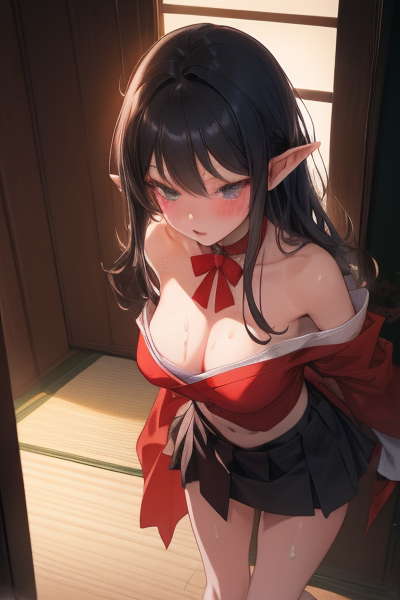Welcome to the captivating universe of Lolilust, a realm that blurs the boundaries between innocence and controversy. In this blog post, we delve into the intricacies of Lolilust, discussing its impact on popular culture, controversies surrounding it, and the varying perspectives on this phenomenon.
Originating from Japanese manga and anime culture, Lolilust is a complex and often misunderstood concept. At its core, it encompasses a fascination with youthful and innocent characters, often portrayed in a romantic or idealized manner. While some view Lolilust as a harmless form of escapism, others argue that it perpetuates harmful stereotypes and encourages inappropriate behavior.
Exploring the cultural significance of Lolilust reveals a multifaceted landscape. For many enthusiasts, it serves as a nostalgic reminder of childhood innocence and a form of artistic expression. However, critics argue that Lolilust glorifies the objectification of young characters and can contribute to the normalization of inappropriate relationships.
Understanding the ethical implications of Lolilust requires a nuanced approach. While censorship is often proposed as a solution, it raises questions about artistic freedom and the boundaries of creative expression. By engaging in open dialogue and critical reflection, we can navigate the complexities of Lolilust and foster a more informed perspective on this divisive topic.
As we navigate the enigmatic world of Lolilust, it becomes clear that there are no easy answers or definitive conclusions. The allure of innocence intertwined with controversy challenges us to question societal norms and reevaluate our perceptions of art and culture. It is through this exploration that we may gain a deeper understanding of Lolilust and its impact on our world.
Join us on this thought-provoking journey as we unravel the mysteries of Lolilust and explore the intricate tapestry of innocence and controversy that defines this phenomenon.


















